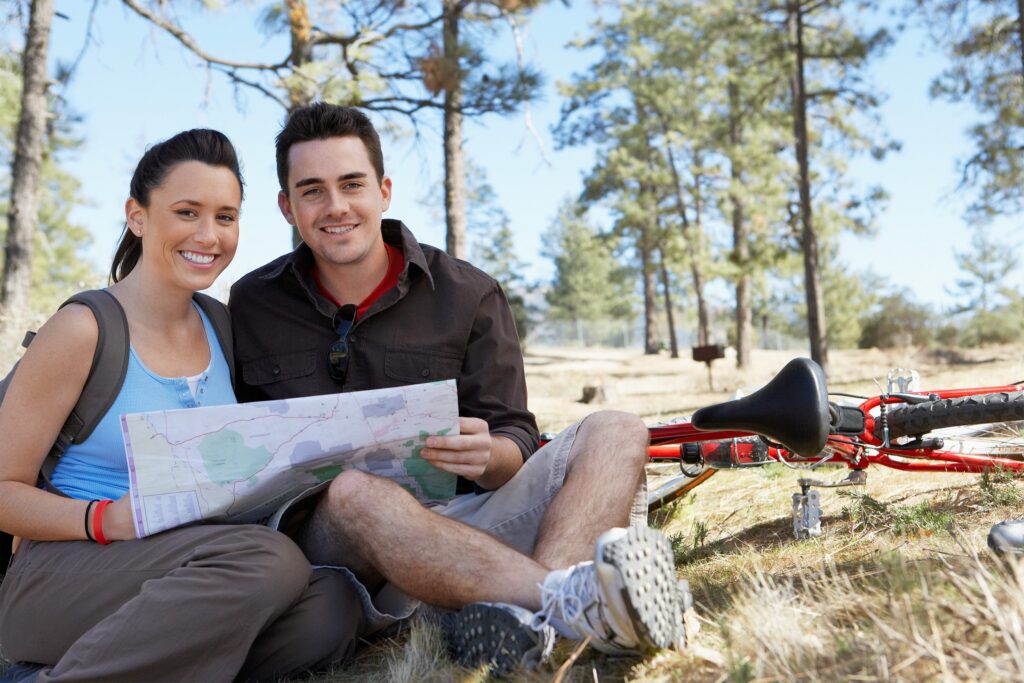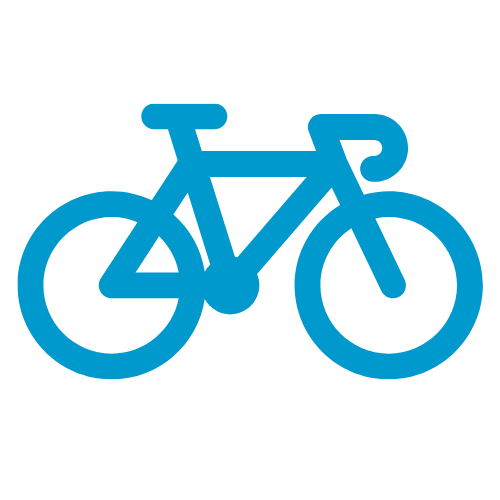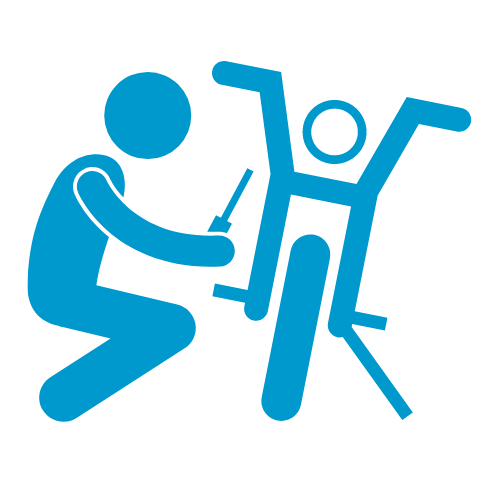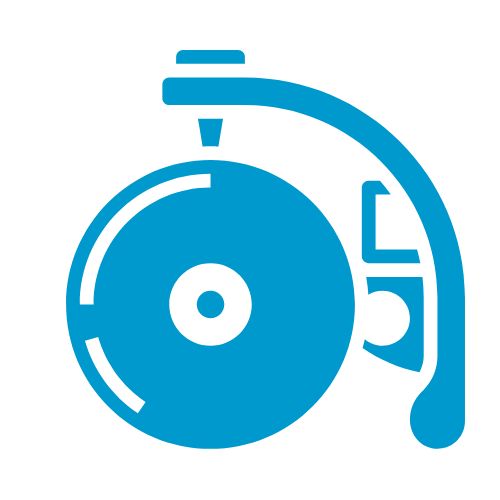Bike pumps are simple yet play a huge role in carrying out proper maintenance to our bikes, and ensuring that you’ll have a safe and successful ride.
What types of pumps are there? Which pump should I buy and take with me on my rides? Should I own a big or a small pump? To answer all these, we’ll walk you through the different types of pumps and it’s pros and cons so that you’ll have the best decision on which one to go for.
Pump Size
Size does matter in pumping! The pump’s size will determine how you can quickly inflate your tires. A bigger bike pump type means you finish pumping quicker, but if you want a light and easy-to-carry pump then a mini pump might just be the perfect one for you.
Asking yourself how often you tend to get a puncture during rides, and how important it is to you to inflate your tires quickly when you get a puncture will help you determine which size of pump will fit your riding style.
Valve Types
Knowing what valve your bike uses will help you determine which pump will work best for your tires. There are 2 types of bike valves: the Presta and the Schrader. Schrader valves are often the same valve you can find in a car tire. Mountain bikes use Schrader valves, while road bikes use Presta Valves. It is also possible to use Presta valves in road bikes although it is uncommon.
Bike Pump Types
Floor/Stand Pumps
It’s worthwhile to invest in a floor pump as they provide many years of service life. What’s great about floor pumps is it has a gauge which allows you to achieve proper inflation.
They also quickly inflate tires to high-pressure air which will save you lots of time and effort in pumping your tires. The correct way to use the floor pump is to put your feet on the base and both hands on the handle, and give full and even strokes.
There are floor pumps that can serve both Presta and Schrader valves but a lot of floor pumps come with just a Schrader, but you can buy an adapter so you can pump Presta. For floor pumps that have twin sockets for both Presta and Schrader valves, the larger of the two holes is used for Schrader valves while the smaller is used for the Presta valve.
Best for: This pump is perfect for home use or at the bike shop. It’s not something you’d carry on a ride, but it’s the go-to for quick and efficient inflation.
Mini/Micro/Hand Pump
Hand pumps are traditional pumps that are easy to carry and can be used in emergencies. These mini pumps are very light allowing you to conveniently put them in your jersey pocket.
Hand pumps also give you unlimited air. You’ll never run out of air no matter how many punctures you get during the ride! But, mini pumps are not the fastest thing to get you back up to pressure. So if you want a pump that will save you a lot of time, then this might not be the pump for you.
Best for: This is for the adventurer who loves long rides and needs a portable solution for those “just in case” moments.
CO2 Inflators
C02 Inflators rose to fame in the mid-’90s. They are often the top choice for racers as it’s very minimalistic and won’t take too much room just like hand pumps. It can also rapidly inflate your tires within seconds upon attaching it to the bike valve.
Unfortunately, C02 inflators can only be used once and cannot be refilled. Just hope and pray that you’ll not have multiple punctures during a long bike ride or you might just find yourself in a lot of trouble!
Best for: This is for the speed demons who can’t afford to waste a second on the trail or during a race.
Electric Pump
Electric Pumps can be used all-around. You can use it for tires, toys, mattresses, and many more! Its most obvious benefit is it reduces effort and time in pumping but it’s of course more expensive than manual pumps in the market.
Unlike minis and CO2 inflators, you cannot take an electric pump with you on a ride as it’s going to be difficult to carry. And using an electric pump also means doing proper maintenance on it, for it to function well.
Best for: Great for those who want a hassle-free experience and have access to a power source.
Bicycle Frame Pump
These pumps are designed to be aerodynamic and lightweight, so they don’t interfere with your ride. They usually clip onto the frame with a bracket or fit into the water bottle cage.
They’re convenient and offer faster inflation than mini pumps but can be bulky and limited to certain bike frames.
Best for: Ideal for those who don’t want to carry extra weight in a backpack. It’s there, fixed to your bike, always at your service.
Bike Foot Pump
These pumps usually have a broad base for stability and a large pedal to make pumping easier. Some models even come with multiple nozzles for inflating other items like balls or inflatables.
They’re easy to use and don’t cause hand fatigue but are bulky and not very efficient for bike tires.
Best for: Honestly, it’s not really designed for bikes, but it can work in a pinch or for multi-purpose use.
Bike Shock Pumps
These pumps have a smaller volume but higher pressure capabilities, making them ideal for fine-tuning your suspension. They often come with a micro-adjust air bleed button for precise adjustments.
They’re very precise and essential for adjusting shocks but are not for tire inflation and can be expensive.
Best for: This one’s for the mountain bikers and off-roaders who need to adjust their ride according to the terrain.
Check your Bike’s PSI Before Pumping
Before you pump up your tires, check the recommended PSI for the tire to avoid overinflating it. Bike tires have a suggested psi printed right on the side of the tire, usually below the tire size.
Tire Pressure Ranges
Note, that even within the recommendation, PSIs are usually written in range. Pumping more air (higher pressure) will give you less rolling resistance which gives you better aerodynamics. Whereas, lower pressure gives you a better grip and a more comfortable ride.
Here’s a simple guide on tire-pressure range:
- For road bikes: 80- 130psi
- For mountain bike:30-60psi
- For comfort riding: 35-70psi




